At 3:00 p.m., the bus from Ho Chi Minh City arrived at the capital Phnom Penh - Cambodia. The driver announced that the bus would stop to drop off passengers at the "Saigon Bridge" area in a few minutes. More than half of the passengers immediately packed their belongings to get off the bus.
Vietnamese Soul in Cambodia
Mr. Tu, a bus driver, said that this bridge is called Chba Om Pau but Cambodians and people of Vietnamese origin call it "Saigon Bridge". People believe that if they want to go to Vietnam, they have to go through this bridge and moreover, this place has a large concentration of people of Vietnamese origin. According to Mr. Tu, within a 5km radius of this bridge, almost all people of Vietnamese origin live.
If a tourist filmed this place without mentioning that they were in Cambodia, many people would probably mistake this for a market in Vietnam. From Monivong Avenue, turn left, on both sides of the road there are dozens of restaurants with signs like "Northern Pho", "Bun Rieu", "Western Bun Mam"... Going deeper inside, you will find many cafes and karaoke bars bustling with spring music.
The people here are mainly traders. Since then, the Cambodian government has cleared an area of over 8 hectares to open a market and a night food street. On weekends, many Cambodians take tuk tuks to enjoy Vietnamese food.
The Cambodian Snack Shop of Ms. Tran Thi Hong (32 years old) is considered the most famous in this food court. Dishes such as mixed rice paper, grilled bread with salt and chili, fried squid with fish sauce... here once made young Cambodians line up to buy.

Ms. Ly Thi Thao with Vietnamese students at Anh Sang School
Ms. Hong said: "My parents are Vietnamese and I was born in Cambodia. Living with Vietnamese people since I was little, I speak pure Vietnamese. Now when asked where my hometown is, I can only answer somewhere in District 10, Ho Chi Minh City." Although she has lived in Cambodia for many years, for Ms. Hong, from the way of life to the daily dishes in her house are always imbued with Vietnamese culture, for example, rice must have fish sauce, and death anniversaries must have banh it la gai.
According to Ms. Hong, in the "Saigon Bridge" neighborhood, there are two different worlds. The middle-income Vietnamese people rent houses with street frontage to do business. They are the ones who lived here before 2000, when the economy stabilized, they moved to the center of Phnom Penh.
The rest are poor families who used to live on the river, later moved to the mainland to make a living but were illiterate or had no capital so had to gather deep inside.
My life changes
From the main road, there are more than a dozen small alleys leading to houses made of plywood and old corrugated iron walls. We stopped at the house of Ly Thi Kieu (39 years old).
Previously, her whole family lived on the Mekong River by fishing. The fish supply was depleted so the whole family moved to the mainland, rented land here for 180,000 riel/year (about 1 million VND) and made a living by selling scrap metal.
"Collecting scrap metal is hard but it's okay. I heard that people come and go from this neighborhood all the time. At first, when we didn't have the capital, we rented land to build temporary houses, and after a few years of doing business, we moved to the front of the "Saigon Bridge". When we're better off, we'll move to the city to live" - Ms. Kieu hopes.
The first generation of Vietnamese and the second generation (30 years old and above) here are still very illiterate. However, the children of the third generation are fully educated. In this small area alone, there are 8 schools for Vietnamese children.

Around the Chba Om Pau bridge area, there are many Vietnamese people living, so many people call this "Saigon bridge".
The most special one is the Anh Sang School, opened by two Vietnamese teachers. Ms. Ly Thi Thao shared that the purpose of opening the school is to help children from 4 to 12 years old learn to read and write. Most of them come from poor families, each child comes to class with 1,000 riel (more than 5,500 VND) to pay tuition, paying each day they attend school.
This money is only to help the two teachers pay for electricity and water, while teaching is almost free. "At all costs, we must send the children to school to change their lives. The previous generation had a difficult life because of lack of education" - Ms. Thao confided.
Ms. Tran Thi Hong herself has two children, both of whom are sent to a Vietnamese school more than two kilometers from home. There, the teachers and students are Vietnamese and the curriculum follows Cambodian textbooks. The children are fluent in both languages.
From the "Sai Gon Bridge" neighborhood, there are quite a few Vietnamese children who have become famous. Cambodians say that there are several very good Vietnamese doctors in this neighborhood. Whenever there is a difficult birth, people run to the maternity home of Doctor Thanh located right at the foot of the bridge; anyone with a stomachache or a cold, go to Doctor Minh in the market stall...
Local authorities create conditions
Mr. Sim Chy, Chairman of the Khmer - Vietnamese Association in Cambodia, said that the Chba Om Pau bridge area has thousands of Vietnamese people living there, whose life was difficult in the past because they did not have nationality or certificates.
In recent years, the Cambodian government has encouraged Vietnamese people living on the river to move ashore to settle. The association, together with the Cambodian government, has supported naturalization as well as issuing alien registration certificates and permanent residence cards for immigrants. Mr. Sim Chy informed: "Every year, there are many scholarship rounds for Vietnamese children who excel in their studies. On major holidays in Vietnam and Cambodia, we often organize gift-giving events. Now the quality of life has changed a lot."
People in the "Sai Gon Bridge" neighborhood say that occasionally trucks carrying rice and bean spices arrive right in the poor neighborhood on the riverbank. People flock there to receive their gifts. They implicitly understand that the person bringing the gifts is a Vietnamese who used to live there.
Source





![[Photo] General Secretary To Lam receives Vice President of Luxshare-ICT Group (China)](https://vphoto.vietnam.vn/thumb/1200x675/vietnam/resource/IMAGE/2025/11/15/1763211137119_a1-bnd-7809-8939-jpg.webp)
![[Photo] Panorama of the 2025 Community Action Awards Final Round](https://vphoto.vietnam.vn/thumb/1200x675/vietnam/resource/IMAGE/2025/11/15/1763206932975_chi-7868-jpg.webp)
![[Photo] Prime Minister Pham Minh Chinh meets with representatives of outstanding teachers](https://vphoto.vietnam.vn/thumb/1200x675/vietnam/resource/IMAGE/2025/11/15/1763215934276_dsc-0578-jpg.webp)
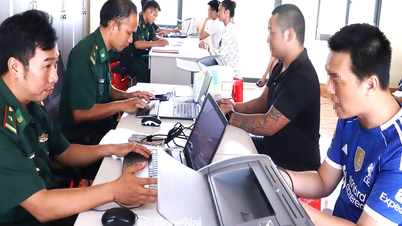



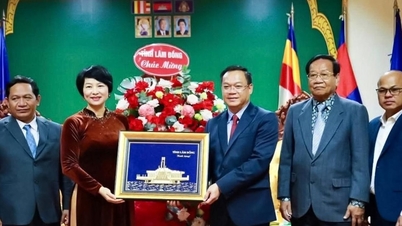



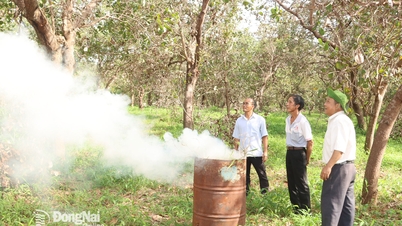




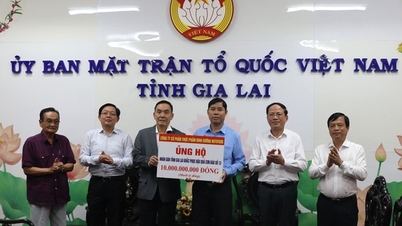

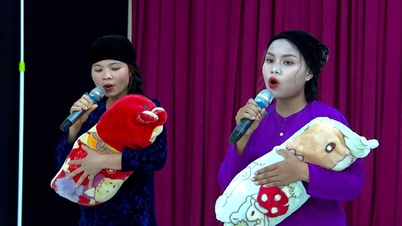



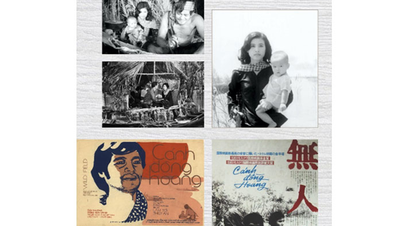










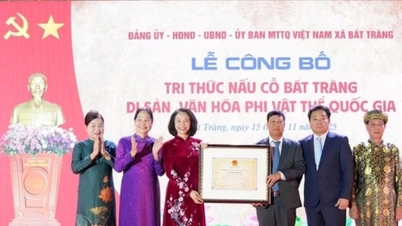

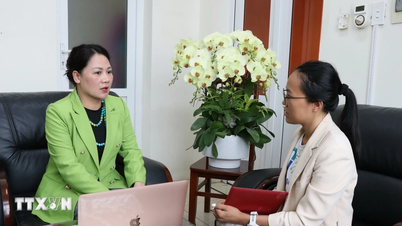
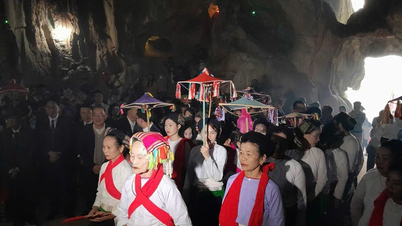

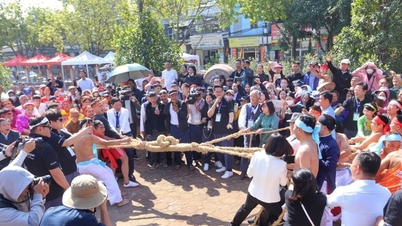

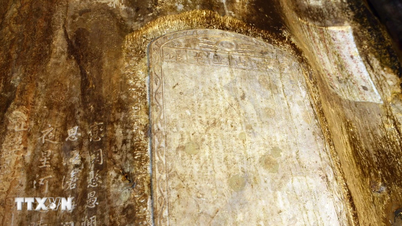


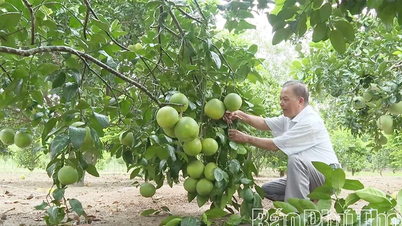


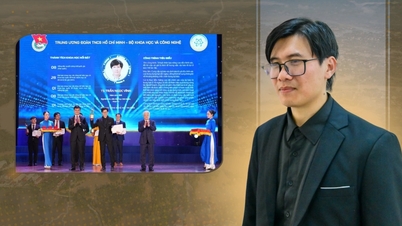


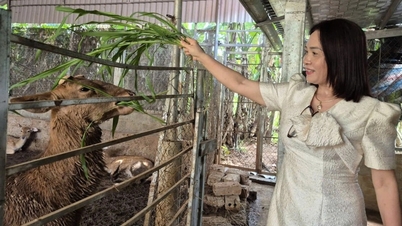
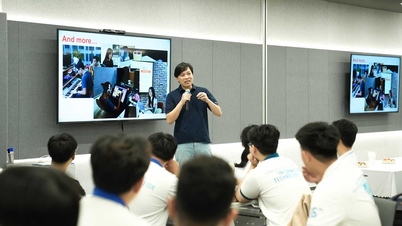

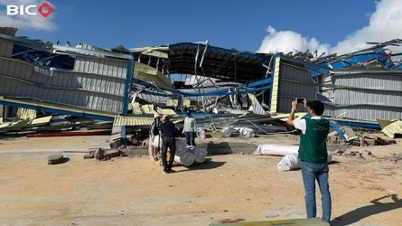




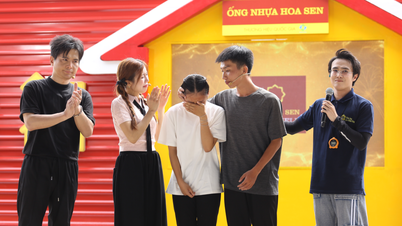


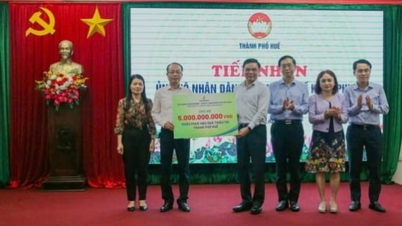





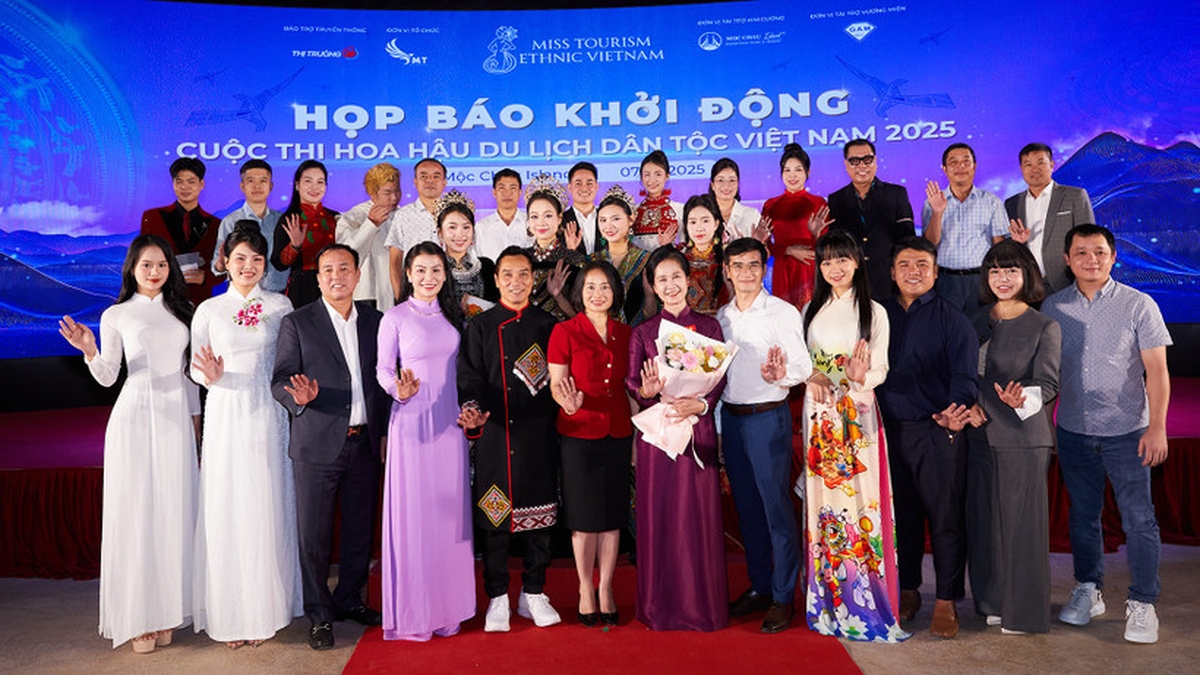







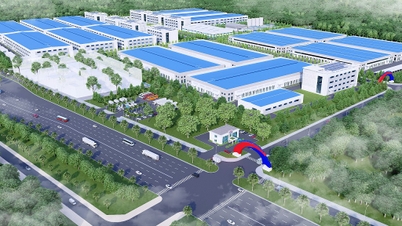



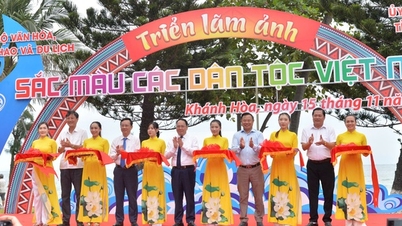



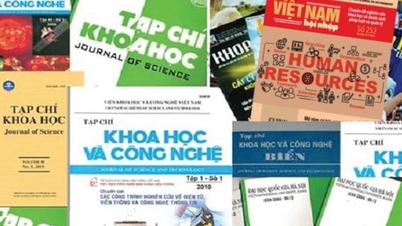
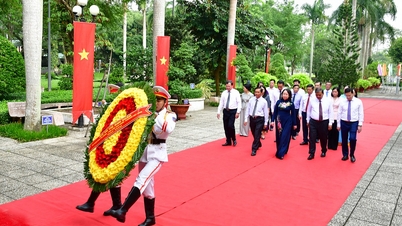

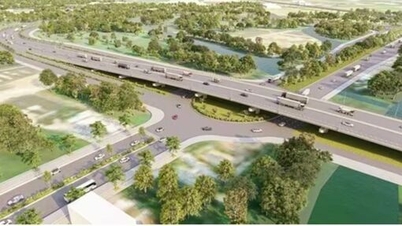

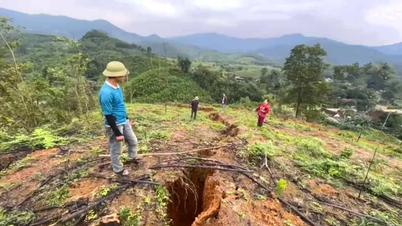
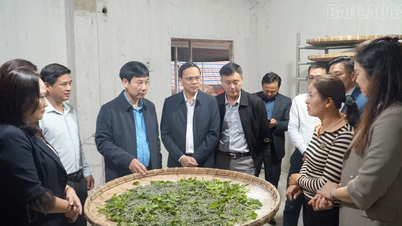

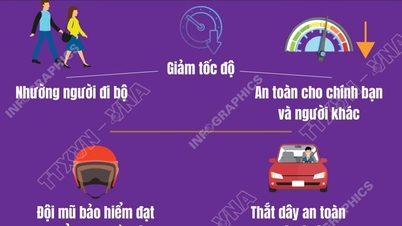
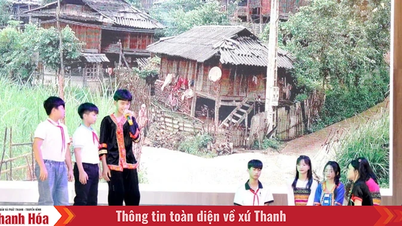

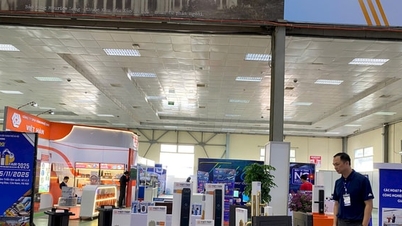
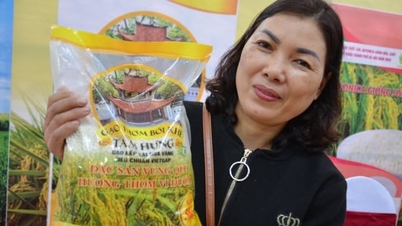
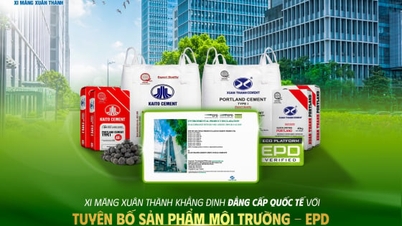




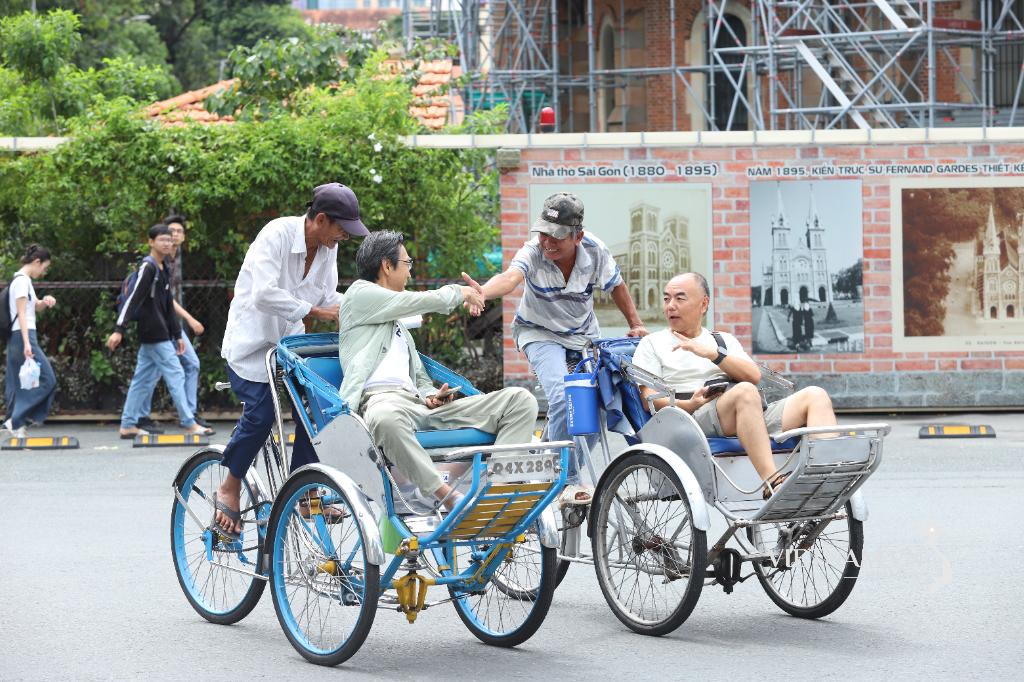



Comment (0)